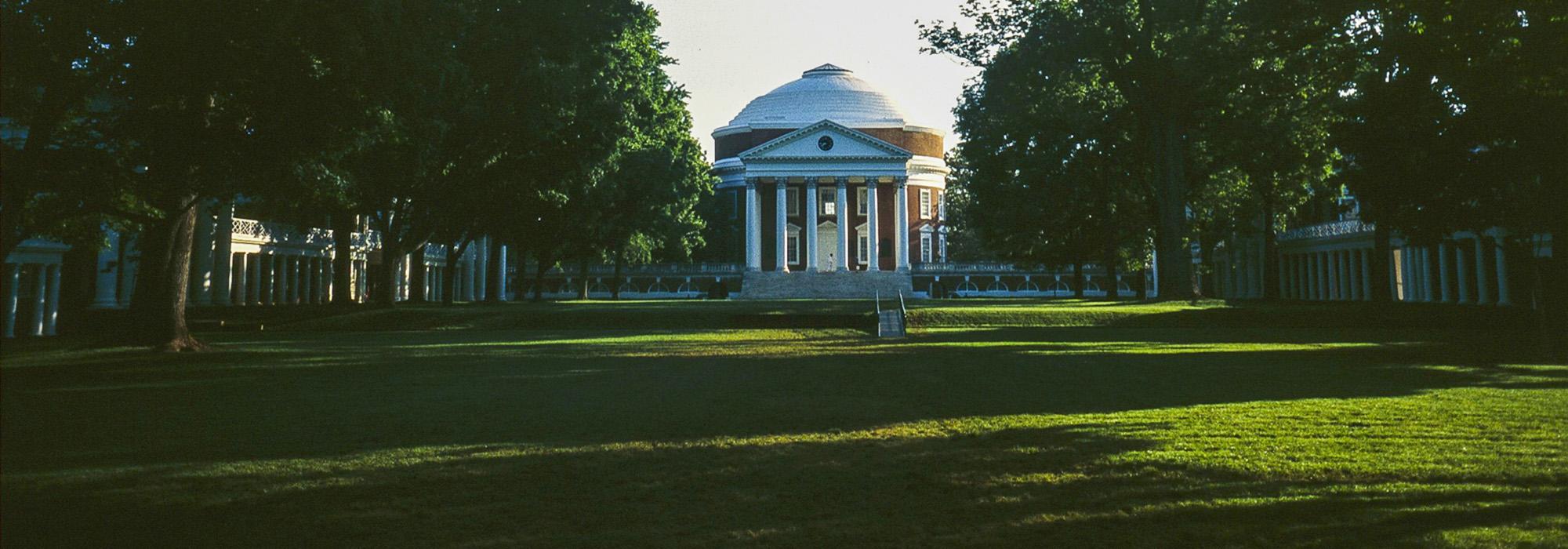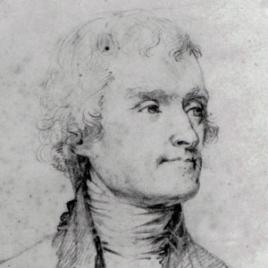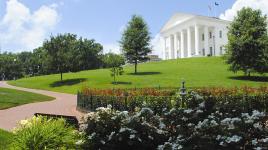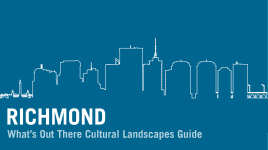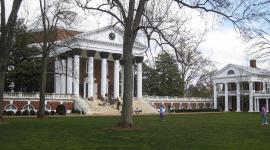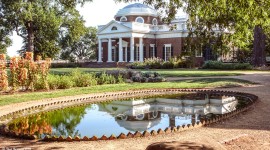Pioneer Information
Born at Shadwell, his family’s plantation near Charlottesville, Virginia, and educated at the College of William and Mary from which he graduated in 1762, the two-term President embodied the ideal of the ‘Renaissance Man,’ and became one of the nation’s most ardent agrarianists. An architect, scholar, inventor, and naturalist, he learned to survey in his youth, most likely from his father, for whom it was a profession.
Jefferson’s interest in landscape gardening blossomed early with his purchase of John James’ Theory and Practice of Gardening in 1765, which codified the practice of making geometrical gardens. Moreover, he was convinced by the work of Henry Home, Lord Kames, Elements of Criticism, that garden design was a fine art. Five years spent in Paris from 1784 to 1789 allowed Jefferson to travel throughout Western Europe and England, and familiarized him firsthand with European and English landscapes. Jefferson's designs for his own residences, Monticello and Poplar Forest, as well as for the University of Virginia, evince his rationalist approach to landscape gardening, his use of geometrical arrangements and terracing, and his affinity for melding architecture with the surrounding site. Since its opening in 1825, just one year before Jefferson's death, his Academical Village at the University of Virginia has had a profound influence on the planning of other American university campuses.



